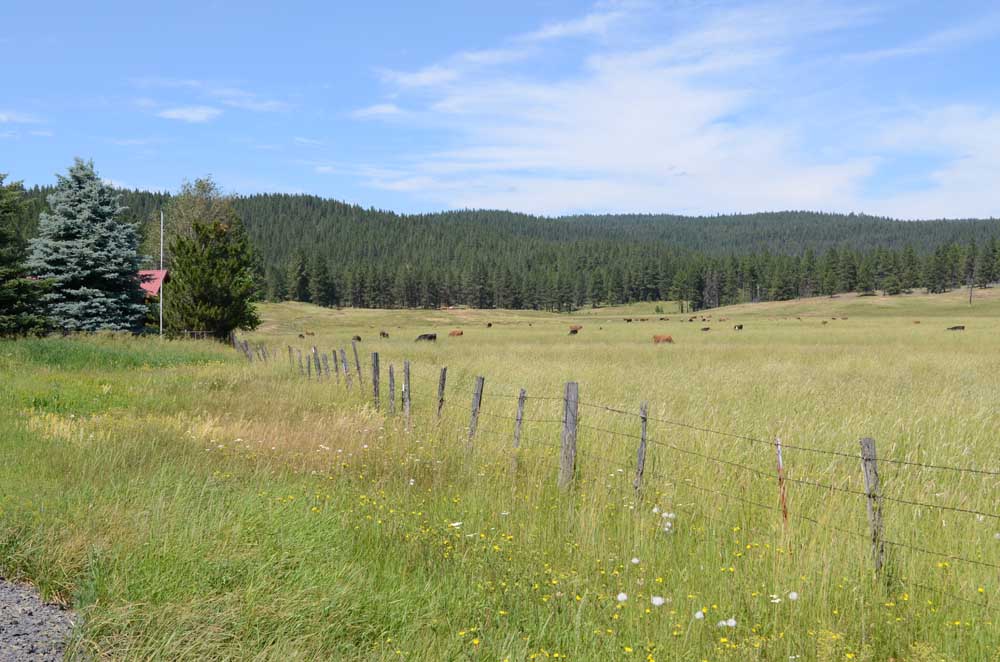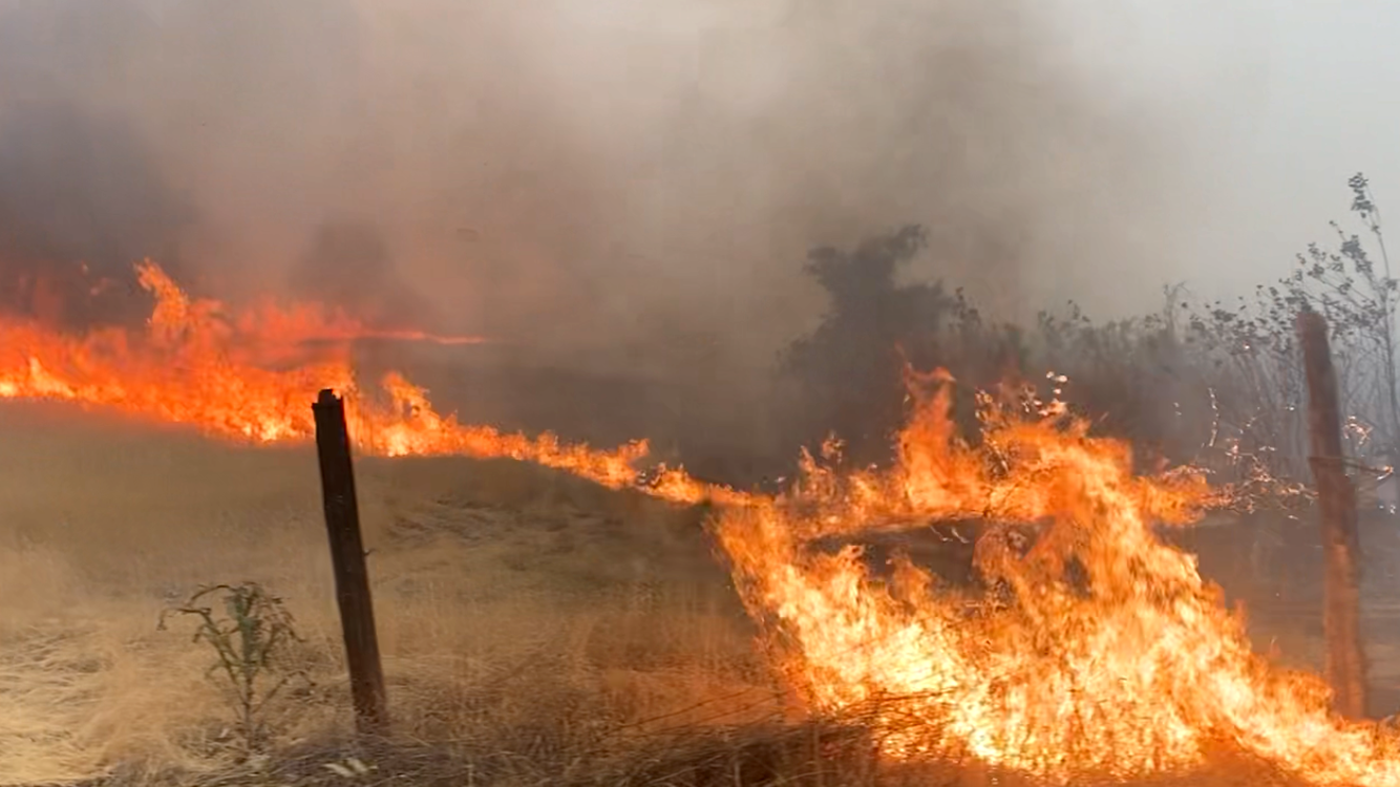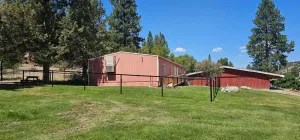A visit to the Grant County ghost towns of Fox and Austin provides a glimpse of bygone times
Published 6:15 am Wednesday, July 27, 2022

- A pasture full of cows that sits adjacent to the town of Austin on Thursday, July 14, 2022.
FOX — Webster’s Dictionary defines a ghost town as “a once-flourishing town wholly or nearly deserted, usually as the result of the exhaustion of some natural resource.”
Trending
The Grant County ghost towns of Fox and Austin were both once thriving communities that saw drastic and expedited reductions in population due to several factors. These days, both Fox and Austin have fewer than five inhabitants each.
Austin was once a lumber, sheep, cattle and mining town. Nowadays you can still see cattle if you head to Austin, but any evidence of current mining, lumber and sheep production is now nonexistent.
On the way you’ll see the Austin House, which is the only remaining business establishment left bearing Austin’s name. The business is currently closed, but new owners are renovating the building with hopes of reopening this summer.
Trending
The town had a post office that was established in 1888 and remained in operation until 1950, according to the 2003 edition of “Oregon Geographic Names.” Once a station on the Sumpter Valley Railway, Austin saw its population decrease sharply following the decline of the railway.
Now all that is left of Austin are a few residences lining a single street and rounding a cul de sac. Austin currently has three full-time residents and a sparse number of part-time residents.
The community of Fox is an unincorporated town located along U.S. Route 395 just south of Long Creek. Fox was named after Fox Creek, a nearby tributary of the North Fork John Day River. The tributary takes its name from an incident involving a fox during a hunting or prospecting trip, according to “Oregon Geographic Names.”
Fox still has several unused buildings that serve as a reminder that the town was once a more bustling and thriving community than what you see today. A long-abandoned community school, general store and church are all very visible to visitors of Fox.
The Fox store ceased operations in the ‘80s. Historic Fox Church was built by settlers in 1889 and has remained unused for years. The small community has worked to restore the church in recent years. The post office was established in 1883 and went out of service in 2002.
U.S. Route 395 runs right through the middle of the community, with the town’s historic buildings set along both sides of the highway. A small number of ranches that have been in operation since the late 1800s and early 1900s are still present in Fox. The community has four full-time residents and a small number of part-time residents.
Fox is somewhat of a time capsule, with the community’s historic buildings giving visitors a sense of what life was like as an early pioneer in Eastern Oregon. If you have the time, both Fox and Austin’s few residents are more than willing to give you a history lesson about the rise and fall of the population and industries in each town.
The drive to both locations is scenic, with a mix of wide-open grazing lands and picturesque mountain views. While there isn’t necessarily much to do in both communities, there is still a lot to take in.
Being in both locations really gives you a sense of why the few remaining residents in the communities choose to remain there.
It’s private, quiet and remote. Both communities are the blueprint for descriptions of life in rural Eastern Oregon.
To get to Austin, head east on U.S. Highway 26 from Prairie City and continue for 28 miles. Turn left on Oregon 7 North just past the Austin House, and continue for 1.9 miles. Make a slight left on County Road 20A and continue to follow the road for just over a half-mile.
To find Fox, take U.S. Highway 26 to Mount Vernon. Turn north on US 395 North/Mountain Boulevard and continue to follow US 395 for 22 miles.









